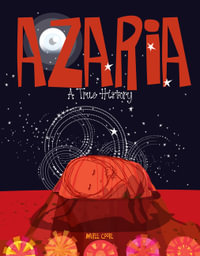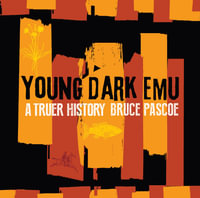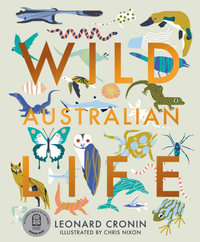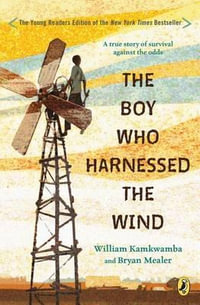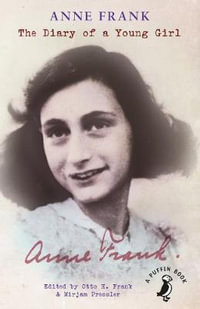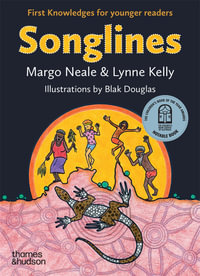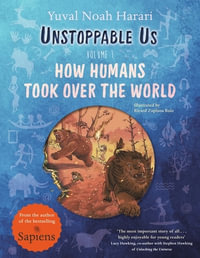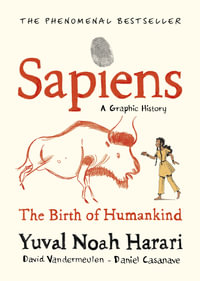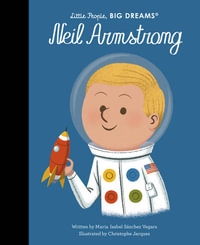Words Set Me Free: The Story of Young Frederick Douglass By Lesa Cline-Ransome and illustrated by James E. Ransome
(Paula Wiseman; ISBN 9781416959038; January 2012; Spring catalog p. 2)
The author and illustrator, a husband-and-wife team who collaborated previously on "Satchel Paige," base their biography of young Douglass on his "Narrative of the Life of Frederick Douglass." Using the first person, they describe Douglass's arduous early life as the spurned son of his master, forced to live apart from his slave mother. Visceral, intimate and plainly told, this story is sure to move young children, and also motivate them to read more.
--New York Times Book Review, February 12, 2012-- "--BCCB, February 2012"
Frederick Bailey, who would later change his surname to Douglass, relates his early years, from first vague memories of his mother, who walked through the night to visit her sleeping son on a neighboring plantation; through his childhood, with his service leased to the Auld family of Baltimore; to his first attempt to make an escape from Talbot County, Maryland. The narration is dignified and tightly focused on the way learning to read both inspired and enabled young Frederick to plan for a life of freedom in the North. The depiction of the risk involved for a slave to achieve literacy is particularly well handled for a picture-book audience. Tales of cruel punishment for slaves who could read distract Frederick as Mrs. Auld teaches him his letters; he later uses religious services as a cover for passing his skill on to fellow slaves. This chapter in Douglass' story concludes with his forgery of a pass, written "in a firm and steady hand," which would allow him to "walk right out of Talbot County and into freedom up north." James Ransome's oil and acrylic paintings underscore young Frederick's determination and independent spirit, and their interplay with the text leaves readers with the strong impression that, once he had mastered the written word, Frederick's labors in town and fields were only going to be unfortunate layovers on his unstoppable journey to freedom. A concluding note explains that the forged-pass plan never came off, and it would be several more years before Douglass escaped to New York. However, even children unacquainted with Douglass the abolitionist will somehow sense that nothing is going to keep young Frederick Bailey in bondage. A brief timeline and list of sources are included.
--BCCB, February 2012-- "--BCCB, February 2012"
This talented team has created a concise, accessible, beautifully illustrated book based on Douglass's Narrative of the Life of Frederick Douglass. Rich acrylic and oil paintings depict plantation life (poorly clothed slave children kneeling before troughs, devouring cornmeal mush like livestock) and the strong emotions of the people (a young Frederick being transported with hands tied behind his back, lest he escape). This handsome volume is recommended for slightly older audiences than William Miller and Cedric Lucas's Frederick Douglass: The Last Day of Slavery (Lee & Low, 1995).--
School Library Journal, January 2012
*STARRED REVIEW-- "--BCCB, February 2012"


